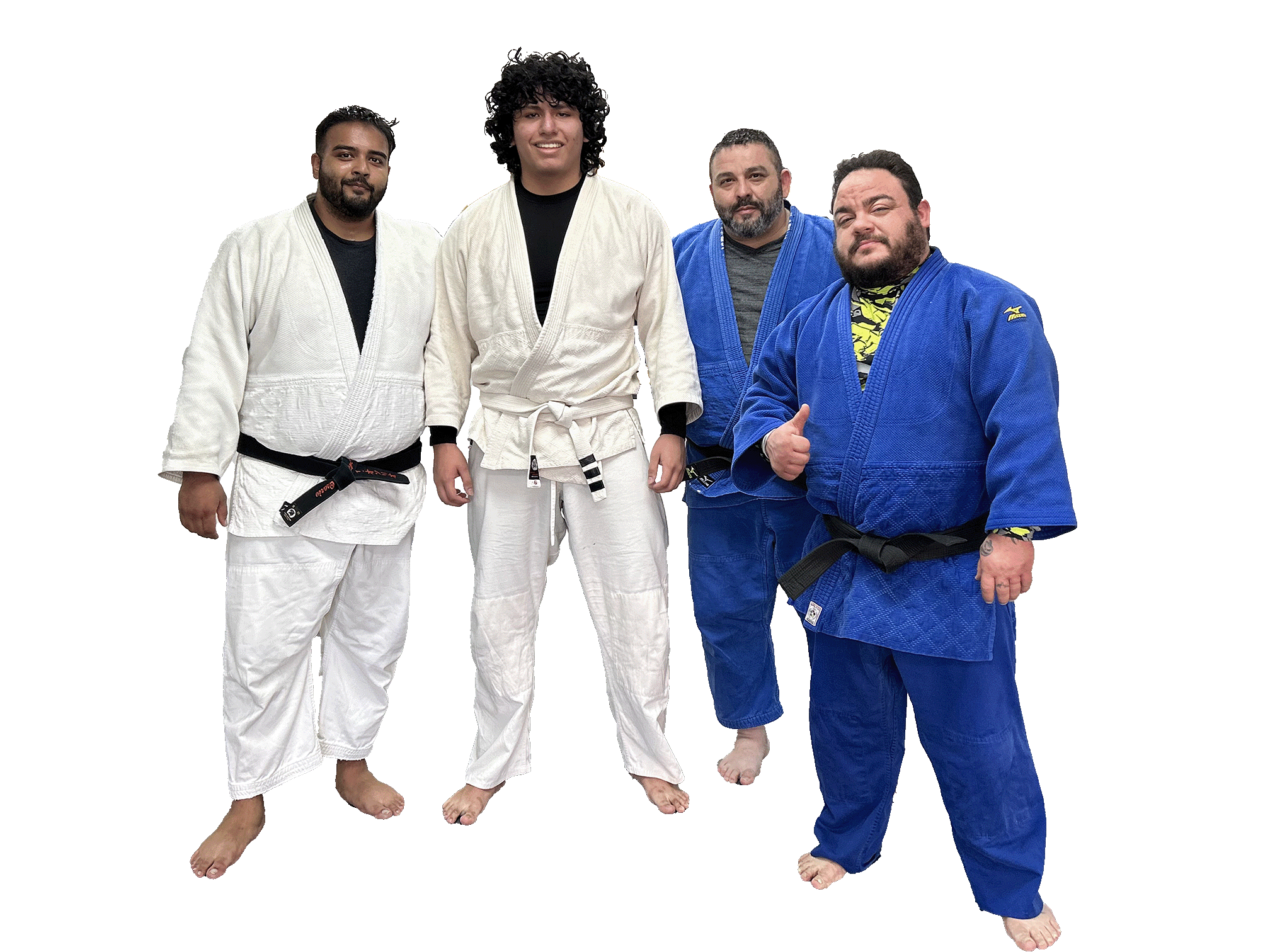One of the most famous, efficient, and powerful submission techniques in BJJ is the Triangle Choke. This technique can be a game-changer and give you an edge over your opponent. Mastering this technique is essential if you aspire to excel at grappling.
The Triangle Choke, or simply 'the triangle,' is an effective submission hold where you use your legs to trap your opponent's head and one arm, then apply pressure to the neck, cutting off blood flow to the brain. You'll need proper positioning, angle adjustments, and grip control to execute it successfully.
Essential Tips and Key Details
Proper Positioning
The key to the effectiveness of the triangle choke is in the positioning details. It is essential to ensure that your legs are aligned properly and locked in, with your calf placed across the back of your opponent's neck rather than your foot. Additionally, your opponent's arm should be positioned across your body, with the elbow in line with your midline.
Angle Adjustment
If you ever find yourself in a situation where you need to choke your opponent, it's important to remember to avoid positioning yourself directly in front of them. Instead, try angling yourself to the side. This will help align your leg more effectively across the neck, allowing you to apply greater pressure and increase your chances of success.
Grip control
Maintaining constant control over your opponent's posture and preventing them from lifting or standing up is important, as this could lead to a slam.
Breathing and Pressure
Once you've successfully locked in the triangle, take a moment to breathe deeply and relax. Remember not to panic or apply too much pressure without a secure lock; this will only tire you out. It's essential to maintain a steady and gradual squeeze.
Step-By-Step Instructions to Set Up a Basic Triangle Choke
Below is a step-by-step process of setting up a fundamental triangle choke starting from the full guard position:
- Establish the position: Assume a closed guard position, hold onto your opponent's collar and sleeve or wrist, and maintain control over their posture.
- Create an angle: To gain an advantage over your opponent, select a side and utilize the corresponding foot to push off their hip, effectively creating an angle.
- Control the arm and raise your hip: Once you have an angle, pull your opponent's arm across your body while raising your hip off the ground. This action creates the space for your leg to move over their shoulder.
- Secure the triangle position: Swing your leg up and over their shoulder, locking it over your other knee to form a triangle around your opponent’s neck and trapped arm. Ensure their arm is across your body with their elbow in line with your midline.
- Adjust the angle: Angle adjustment is critical for a tight triangle. Reach up and grab your shin (not your foot) of the leg that’s over their neck and use your free leg to hook your opponent’s leg or hip and rotate your body to look into your opponent's ear.
- Lock the triangle: Finally, let go of your shin and lock your ankle behind your knee, effectively closing the triangle. Squeeze your thighs together and pull down on the head for the tap.
Variations of the Triangle Choke
Did you know that the Triangle Choke can be executed in ways beyond the traditional method from the guard position? Here are some alternative variations:
The Reverse Triangle
This choke is usually executed from back control or the mount by trapping the opponent's arm and head in a reverse position.
The Side Triangle (also known as Kata Gatame)
A common technique executed from the side control position is to trap your opponent's arm and head with your legs while positioning yourself perpendicularly to them.
The Mounted Triangle
A powerful position where the traditional triangle choke is applied from the top mount position.
The Flying Triangle
This flashy move involves jumping into the triangle choke from a standing position. However, it is crucial to proceed cautiously and only try it under proper supervision. This is important for safety reasons and to ensure proper technique is used.
Incorporating the Triangle Choke
Incorporating the Triangle Choke into your BJJ routine can prove to be a valuable and versatile technique. To master it, one must thoroughly understand and implement the basic principles of proper positioning, angle adjustments, and grip manipulation. It's crucial to note that frequent practice is necessary to achieve proficiency. Embrace your training and enjoy the process!

